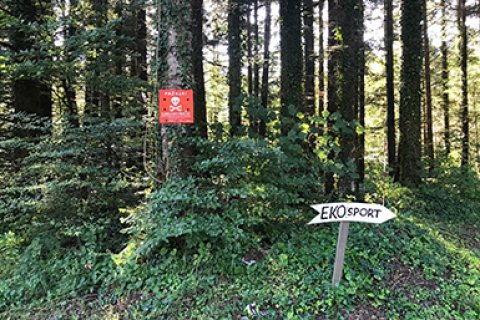Deadly environments: Living among explosive war remnants in former Yugoslavia
Researcher

Landmines and unexploded ordnance kill and severely injure thousands of people globally every year, and the numbers are rising. This project asks how people live in environments that they know to be deadly. Situated in the countries that emerged from the 1990s Yugoslav wars, during which landmines, cluster bombs and other explosive ordnance were widely used, the project develops a new area of anthropological enquiry: an anthropology of explosive war remnants. The project examines the people who live among explosive war remnants, the people who are engaged in removing them, and the forms of militarised environments they engender. Taking explosive war remnants as a vantage point, this project’s central objective is to examine how militarism and its material instantiations in the form of explosive war remnants reconfigure people’s lives in the contemporary world. The particular ethnographic focus of the research will be the borderland area of the postwar countries of Croatia, and Bosnia and Herzegovina, which contain some of the most heavily contaminated areas in the world, and are the most heavily contaminated areas in Europe today.
Key publications
Henig, David. “Emptiness and Deadly Environments.” Cultural Anthropology, forthcoming (in Theorising the Contemporary Fieldsights).
Henig, David. 2019. “Living on the Frontline: Indeterminacy, Value and Military Waste in postwar Bosnia-Herzegovina.” Anthropological Quarterly 92(1): 85-110.
Henig, David. 2012. “Iron in the Soil: Living with Military Waste in Bosnia-Herzegovina.” Anthropology Today 28, no. 1 (2012): 21–23.

